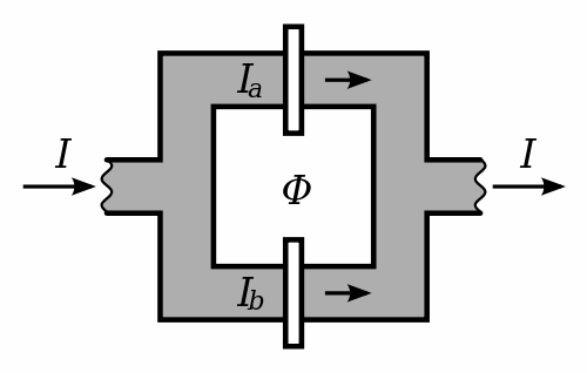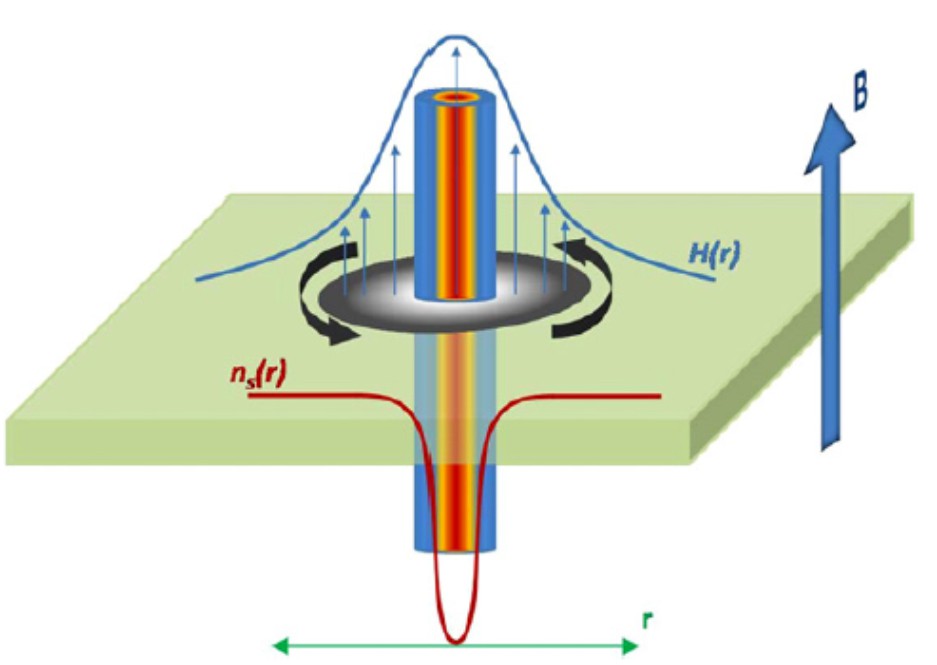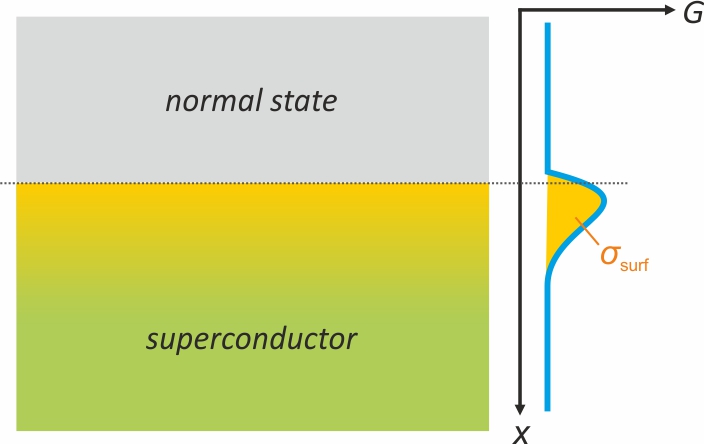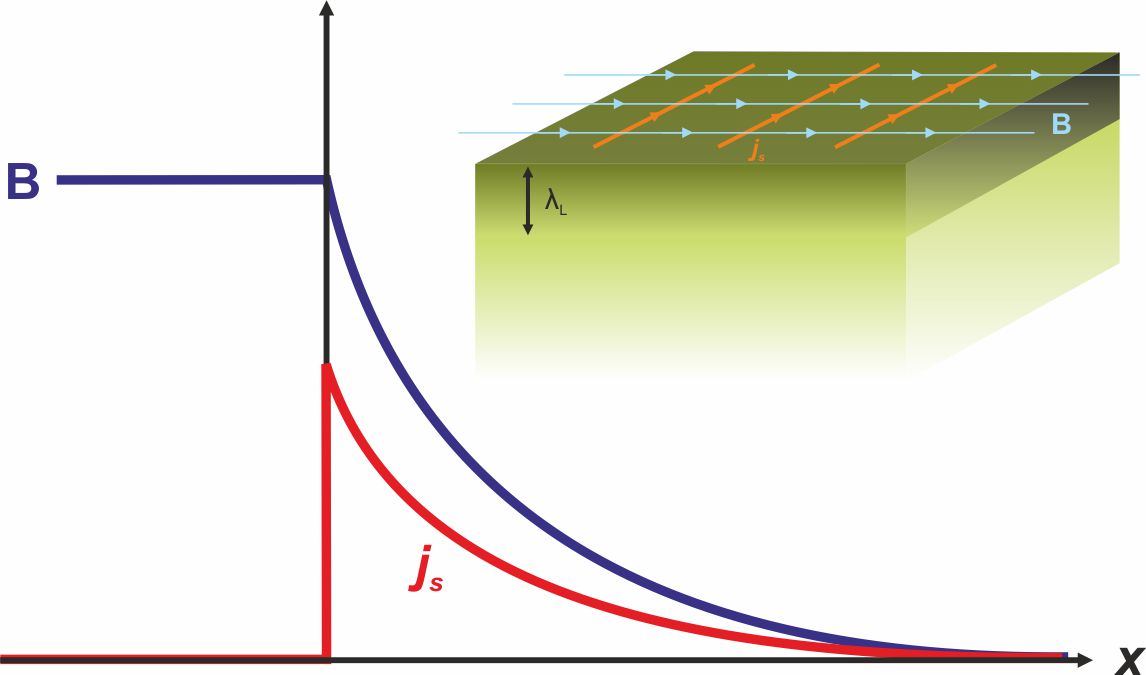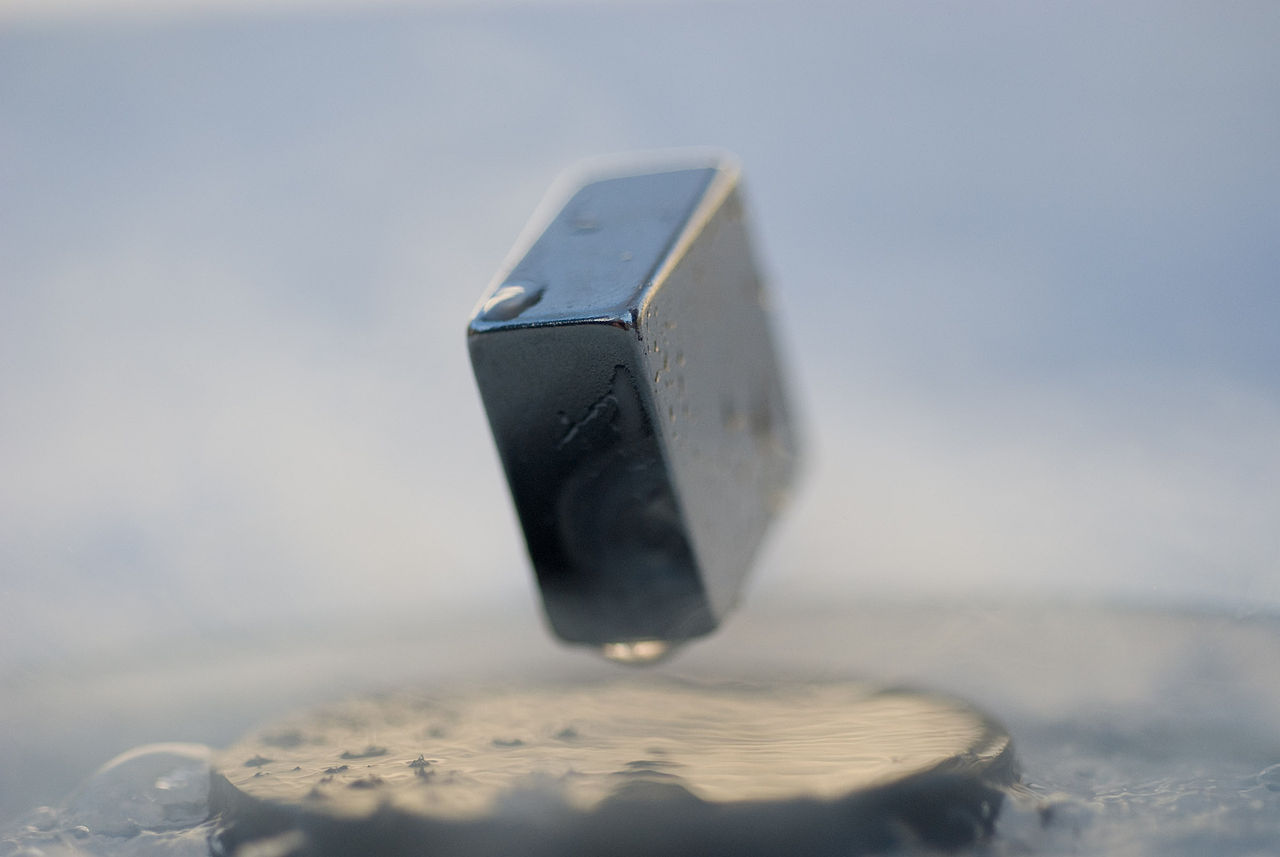Welcome to the Superconductivity I module!
Problem sheets and tutorials
Moodle link for submitting your solutions
- 8.05.2025: Solutions to Problem sheet 1
- 15.05.2025: Applications of Ginzburg-Landau theory
- 22.05.2025: Solutions to Problem sheet 2
- 12.06.2025: Solutions to Problem sheet 3
- 26.06.2025: Solutions to Problem sheet 4
Lecture 9 (19.06.2025). Quantum interference
Quantum states on tap
RCSJ model, tilted washboard potential
SQUID
superconducting qubits
Lecture 8 (12.06.2025). Josephson junctions
What is at the end of the tunnel?
ac and dc Josephson effects
voltage standard
Brian Josephson
Lecture 7 (5.06.2025). The world of vortices
Flow, creep, and pinning: zoology of superconductors
vortex lattice, pinning
small-angle neutron scattering
superconducting cables and superconducting magnets
Lecture 6 (22.05.2025). Vortices, and where is the critical field?
New strategy for superconductors: when type-II is better than type-I
type-II superconductors, vortices, lower and upper critical fields
Nb-based superconductors
Alexey Abrikosov
Lecture 5 (15.05.2025). Coherence vs. penetration
The invisible length scales of a superconductor
Ginzburg-Landau theory, coherence length
proximity effect
Vitaly Ginzburg
Lecture 4 (8.05.2025). Problems at the interface
Things get difficult when you reach the boundary: a critical blow to London's best theory
surface energy, Landau theory of phase transitions
superconducting tapes
Lev Landau
Lecture 3 (24.04.2025). How deep can field go?
Spatial distribution of field and supercurrent, 10 years to measure the flux
penetration depth, London theory
flux quantization
Fritz London
Lecture 2 (17.04.2025). Thermodynamics of superconductors
Superconductor vs. magnetic field, and how they see each other
Meissner effect, demagnetization, latent heat
magnetic levitation (trains)
Paul Ehrenfest
Lecture 1 (10.04.2025): Expulsion of magnetic field
We will learn why superconductors do not like magnetic field, and how to make things cool
ideal conductor and ideal diamagnet
cryogenics
mercury
Heike Kamerlingh Onnes
N.B. Lecture slides contain images from publications that may be licensed differently from the rest of this webpage.
